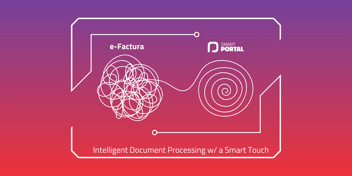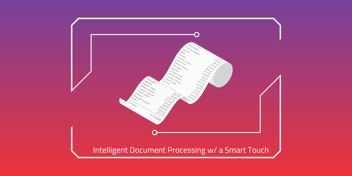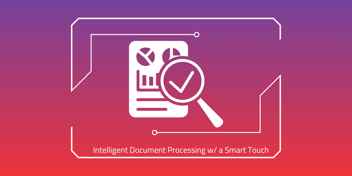e-Invoice – What is it, its Purpose, and Legislative Changes Involved
The e-Invoice system, designed primarily to streamline tax and fee collections, especially VAT, has been operational in Romania since July 2022. However, it currently applies only to invoices issued by private companies in transactions with state entities, those related to goods with fiscal risk, and invoices from tourism agencies based on holiday vouchers.
Starting January 1st, 2024, within Business-to-Business (B2B) and Business-to-Government (B2G) transactions, all registered businesses in Romania must transmit invoices in XML format through the Private Virtual Space.
Challenges for Accountants in the e-Invoice Era
Accountants face significant challenges because, as of July 1st, 2024, the right to deduct VAT for received invoices can only be exercised based on the XMLs received in the Private Virtual Space (SPV). Any attempt to record an invoice without correspondence in the SPV incurs a fine proportional to the VAT stated in that invoice.
Additionally, issued invoices pose a challenge and risk because the sender typically uses invoicing software allowing the transmission of invoices in XML format. Accountants are left unaware of whether e-Invoices were sent within the legal timeframe, risking penalties ranging from 1,000 RON to 10,000 RON.
In this context, there is a prevailing sense of fear regarding the accuracy of records in the absence of physical invoices. Despite accounting software already providing various integration solutions with e-Invoices, there is reluctance among accounting professionals to radically change their work methods as this limits the control and verification toolstraditionally used for processing and recording invoices.
Responsibilities & Risks
In the absence of automation solutions and technology, the work of an accountant becomes not only challenging but certainly very risky. The workflow could unfold in two scenarios: either the accountant records physically received documents based on a trusted relationship with their client, believing their client's assurance that XMLs exist for all documents; or they use integrations provided by accounting software to record documents that cannot be controlled or verified.
Both situations are extremely risky and strongly discouraged.
According to Article 10 paragraphs (1), (4), and (4^1) of Law 82/1991, the responsibility for the organization and management of accounting rests with the administrator, the credit orderer or another person who has the obligation to manage the respective entity. Thus, the responsibility for the improper application of the accounting regulations rests with the economic director, the chief accountant or another person authorised to perform this function, together with the subordinate staff.
Also, in accordance with Section A "General Aspects" paragraph 5 of Order 2634/2015, the supporting documents forming the basis of accounting entries entail the responsibility of the individuals who prepared, reviewed, and approved them, as well as those who recorded them in the accounting.
In simpler terms, the responsibility for accounting entries lies with both the individuals who recorded them in the accounting and the accounting expert.
How We Manage e-Invoice Implementation at Smart Touch
At Smart Touch, we have prepared and trained our Artificial Intelligence engine to facilitate the management of e-Invoices and overcome current challenges. Through our SMART PORTAL and Apollo platforms, we offer an efficient method of processing e-Invoice documents, ensuring precise and error-free registration in accounting.
To ease the challenges faced by both accounting offices and teams in procurement, sales, and financial-accounting departments within companies, we have built an extremely simple workflow in just 4 steps.
Before describing it, it's essential to note that received and issued e-Invoices can be managed directly from SMART PORTAL with automatic transmission to Apollo for further invoice registration in ERP or other accounting software. To manage e-Invoices in SMART PORTAL, a representative of the company must possess an accredited digital certificate as per Law 455/2001 and have access to the Private Virtual Space.
Here is the solution to ensure that both entities, sender and receiver, correctly process documents in accounting, both during the transitional period and after July 1st, 2024:
1. The digital certificate is enrolled in SMART PORTAL, and based on the CIF of the client/partner, all data regarding issued and received invoices for that client/partner are recurrently extracted from the Private Virtual Space, including the XML file and ANAF signature.
2. Next in the workflow, the XML file is automatically transmitted to Apollo, out Intelligent Document Processing platform, and transformed into PDF for visual document inspection.
3. Then, Apollo processes the extracted data, identifies items, allocates accounts from the chart of accounts, and then sends the data directly to ERP or accounting software.
4. Once the document processing is complete, the PDF obtained by transforming the XML is archived in SMART PORTAL, along with the XML and ANAF signature.
So simple, yet so efficient!
In conclusion, SMART PORTAL and Apollo represent the efficient and reliable choice in implementing the new system, providing intelligent processing – fast, error-free, and hassle-free for e-Invoice documents.
Schedule a DEMO, and we will show you precisely how SMART PORTAL and Apollo can significantly simplify and enhance accounting processes in the e-Invoice era.


